Victory Park Memorial site


 2
2


Located in Riga, Pārdaugava, near the National Library of Latvia.
Victory Park is one of the largest and most controversial parks in Latvia. It occupies 36.7 hectares of territory, where a monumental ensemble “To the Liberators of Soviet Latvia and Riga from the German Fascist Invaders” glorifying the Soviet occupation power has been created. Built on the site of 17th century fortifications, it was the last known place of public execution in Latvia.
At the beginning of the 20th century, a landscape park was created on the territory of the former Kobrona fortress. It is dedicated to the Russian Emperor Peter I, whose army captured Riga in 1710. After the establishment of the State of Latvia, an ambitious project was planned for the territory - Victory Park. It was intended as a place of honoring the heroes of the War of Independence, a symbol of the greatness and self-confidence of the Latvian state. The park, built with public donations, was intended for major events, but World War II interrupted the plan.
During the Soviet occupation, the park area became the execution site for 7 German army officers. This was a significant event for the opening in 1985 of the largest object glorifying the Soviet regime and its army in the Baltic States.
Until 23.08.2022. (dismantled) you could see the monumental ensemble, which represented the prevailing trends in monument construction in the Soviet Union. The spacious park area is perfect for walks and active recreation.
Used sources and references:
Mintaurs, M. Victory Monument in Riga: History and Politics. Official website of the Latvian Occupation Museum. Available: http://okupacijasmuzejs.lv/lv/aktualitates/uzvaras-piemineklis-riga-vesture-un-politika-264/ [accessed 19.02.2021.].
Strautmanis, I., Asaris, G. Memorial Ensembles of Soviet Latvia. Riga: Zinātne, 1986.
Yearbook of the Latvian Occupation Museum: 2006. War after war. Riga: 2007.




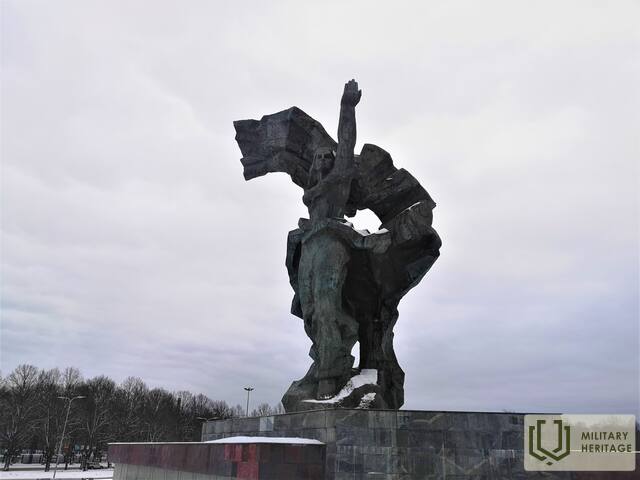
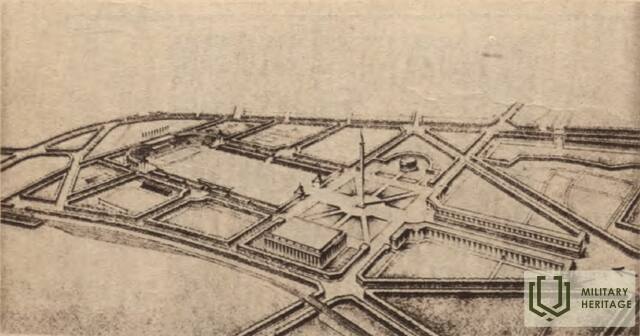
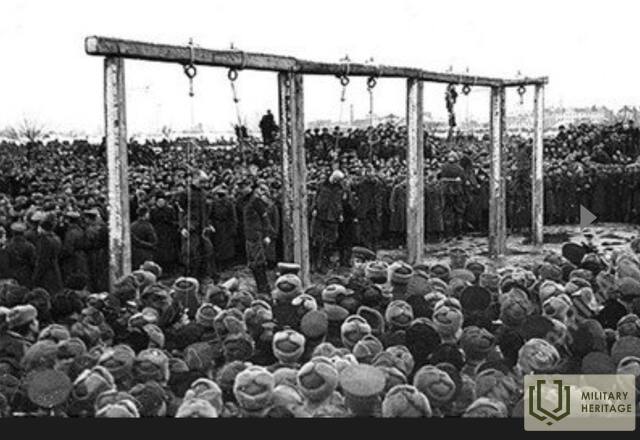
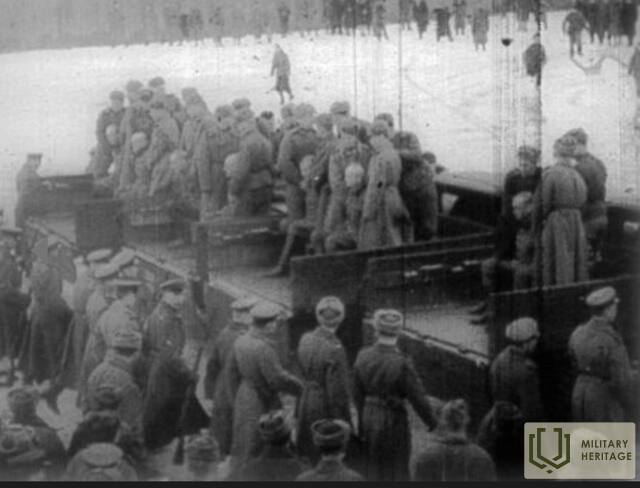
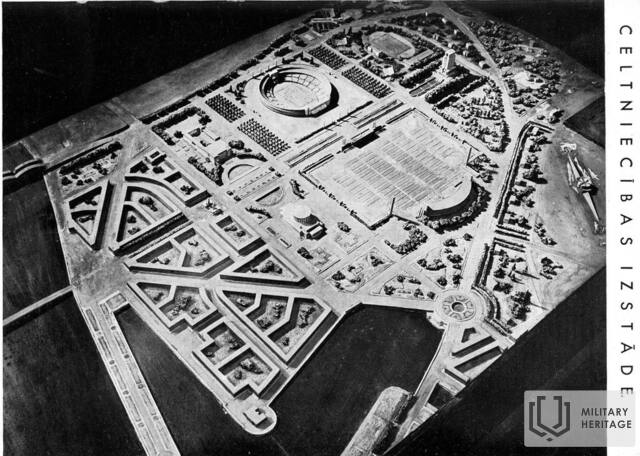
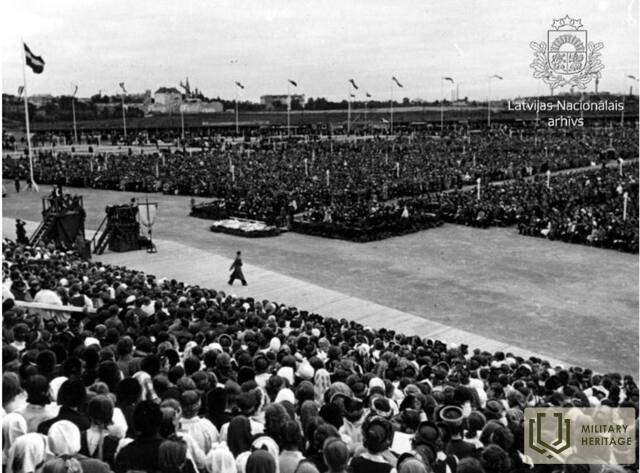
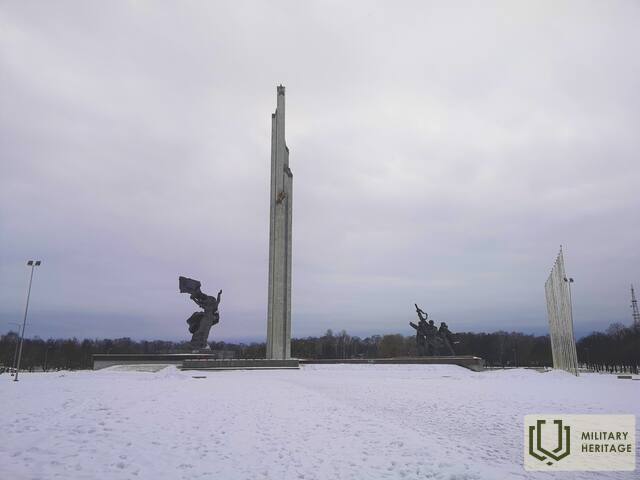




The so-called "Victory Monument" and the events taking place near it were one of the places glorifying the Soviet occupation and totalitarian criminal regime. The monument was dismantled in 2022. August 23 – a symbolic date (the Molotov-Ribbentrop Pact was signed in 1939, which divided Europe into the spheres of influence of the USSR and Germany).